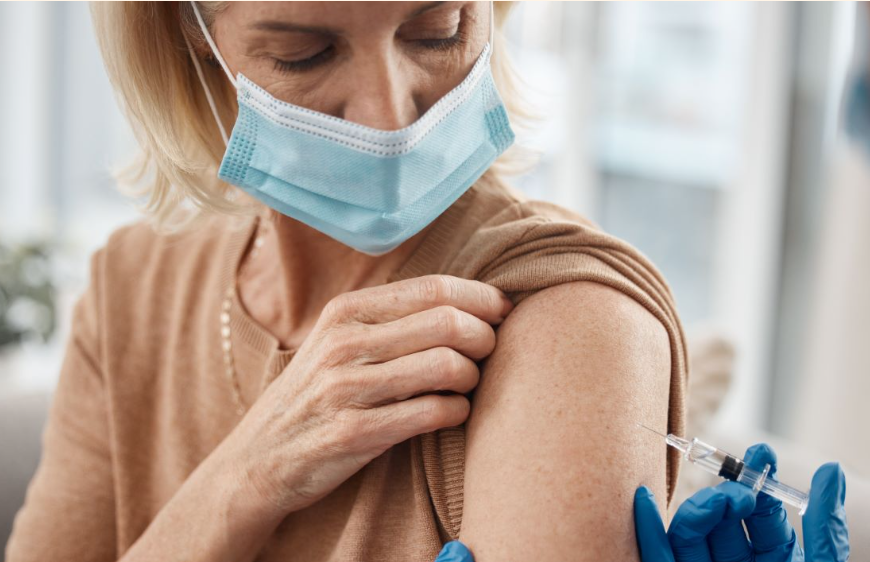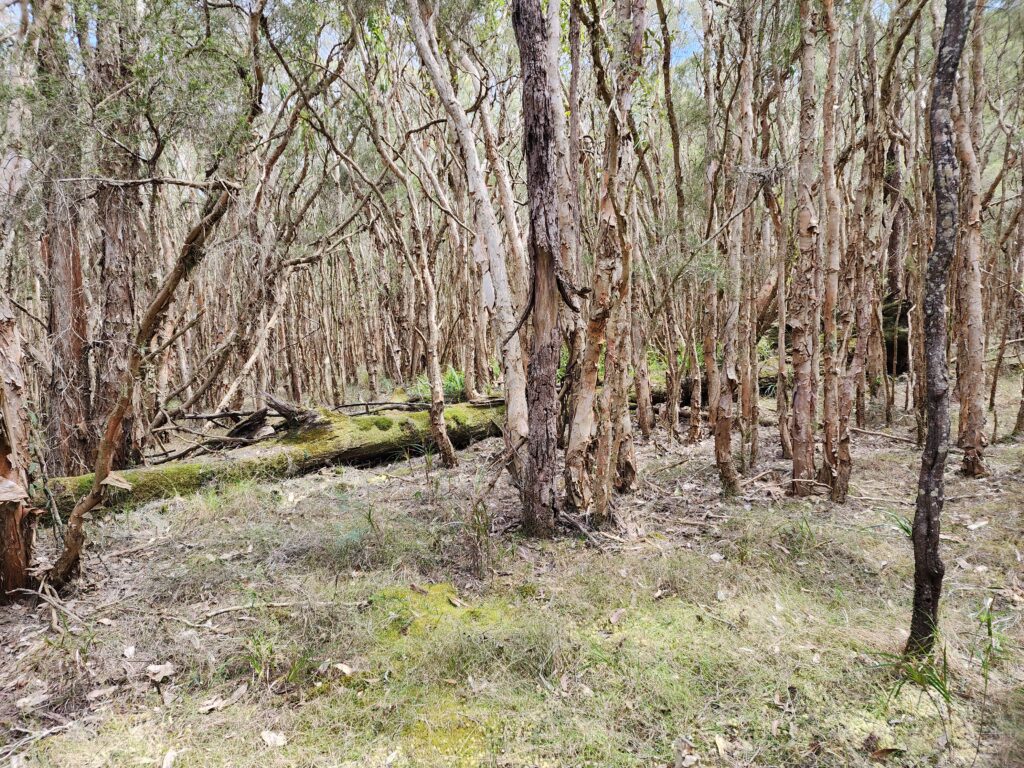A new Grattan Institute report reveals that some GPs have a much lower vaccination rate among their adult patients than other GPs in the same area and it is the most vulnerable in Australian society going without protection.

Common vaccines such COVID, flu and shingles were found to vary greatly between different geographical areas.
Shingles vaccination rates varied the most: from only 22 per cent up to approximately 85 per cent of patients vaccinated.
According to the report, only about 40 per cent of the older patients of some GPs are vaccinated for flu, but for other GPs the rate is about 90 per cent.
For COVID, the bottom 5 per cent of GPs – about 1,600 GPs – have only 16 per cent of their patients aged 65 and older up to date with their vaccinations. That is less than a third of the average GP COVID vaccination rate across Australia of 51 per cent.
Even within neighbourhoods, GP patient vaccination rates vary enormously.
In Bankstown in south-western Sydney, there is a seven-fold difference in COVID vaccination rates and an 18-fold difference for pneumococcal vaccination.
In Wyndham on the western outskirts of Melbourne, there is a three-fold difference in COVID rates and a 10-fold difference in pneumococcal rates.
On the northern Gold Coast, the bottom quarter of GPs have only 27 per cent of their older patients up to date with their COVID vaccinations, whereas for the top quarter of GPs it’s 59 per cent.
GPs with lower vaccination rates typically have more patients who are disadvantaged and struggle with English, and who see a GP less often.
The Grattan Institute report ‘Patchy protection: How to boost GP’s patient vaccination rates’ made calls for a national strategy with greater access to data and revised funding model to better support GP’s and primary care.
Whilst the report recognises alternative pathways consumers may receive vaccinations, such as community health centres and pharmacies, it acknowledges the role of GP’s in promoting preventative health and vaccination.
“The government should step in to boost the protection of vulnerable Australians,” the Grattan Institute says.
Level the playing field
The government needs to level the playing field, giving much more support to GPs whose patients face higher barriers to vaccination.
Australia needs a three-pronged national strategy to help GPs do better:
- The federal government should overhaul the way general practice is funded, to provide more money to GPs in poorer areas with more disadvantaged patients. This would enable those GPs to spend more time with patients to explain and promote vaccination.
- The 31 Primary Health Networks around Australia should give GPs better data, so GPs can easily see how their vaccination rates compare to other clinics in their area that have similar patients.
- And Primary Health Networks should give GPs with low vaccination rates the extra help they need. That might include new nursing staff to vaccinate patients, extra training, running vaccination drives in GP clinics, or helping patients book a jab at their pharmacy.
Australia urgently needs to lift its vaccination game.
“This report shows that the system is failing to give every Australian good access to potentially life-saving preventive healthcare.”
Aged care “scandal”
Last month, the federal government revealed the vaccination rates in different aged-care facilities. It makes for grim reading.
While Tasmania leads the nation in aged-care vaccination, it’s nothing to celebrate. Less than half of Tasmanian aged-care residents are up-to-date with their COVID vaccinations. To put that dismal failure in context, the rate in the UK is almost double that, at about nine in 10. Meanwhile, Tasmania is barely beating North Dakota.
With this new data, we can zoom in to see where the biggest problems are. There is one aged-care home in Tasmania with only a shocking one in 10 residents vaccinated for COVID in the past year. In another, only one in 10 residents have been vaccinated for flu.


